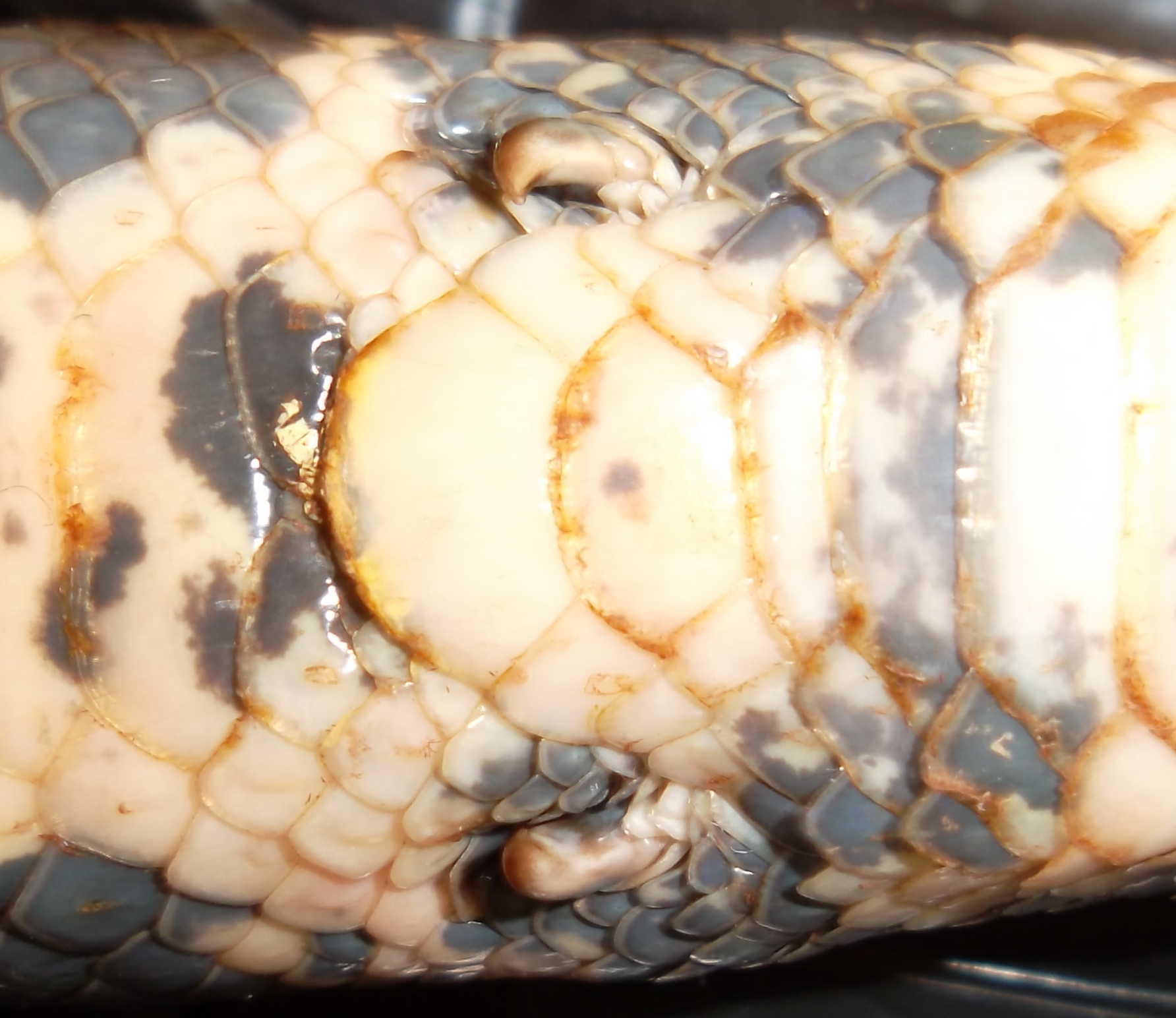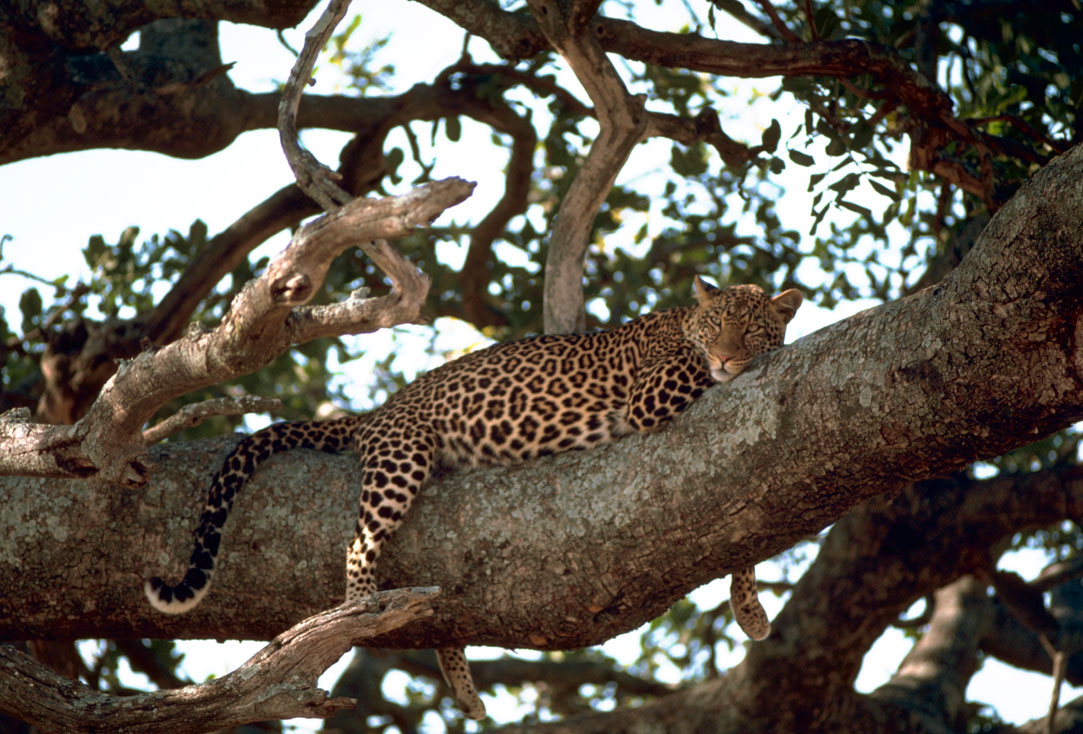|
Tropidophiidae
The Tropidophiidae, common name dwarf boas or thunder snakes, are a family of nonvenomous snakes found from Mexico and the West Indies south to southeastern Brazil. These are small to medium-sized fossorial snakes, some with beautiful and striking color patterns. Currently, two living genera, containing 34 species, are recognized. Two other genera ('' Ungaliophis'' and '' Exiliboa'') were once considered to be tropidophiids but are now known to be more closely related to the boids, and are classified in the subfamily Ungaliophiinae. There are a relatively large number of fossil snakes that have been described as tropidophiids (because their vertebrae are easy to identify), but which of these are more closely related to ''Tropidophis'' and ''Trachyboa'' and which are more closely related to ''Ungaliophis'' and ''Exiliboa'' is unknown. Description This family is confined to the neotropics, mainly in Hispaniola, Jamaica, and the Cayman Islands, with the greatest diversity being in ... [...More Info...] [...Related Items...] OR: [Wikipedia] [Google] [Baidu] |
Snakes
Snakes are elongated Limbless vertebrate, limbless reptiles of the suborder Serpentes (). Cladistically Squamata, squamates, snakes are ectothermic, amniote vertebrates covered in overlapping Scale (zoology), scales much like other members of the group. Many species of snakes have skulls with several more joints than their lizard ancestors and relatives, enabling them to swallow prey much larger than their heads (cranial kinesis). To accommodate their narrow bodies, snakes' paired organs (such as kidneys) appear one in front of the other instead of side by side, and most only have one functional lung. Some species retain a pelvic girdle with a pair of vestigial claws on either side of the cloaca. Lizards have independently evolved elongate bodies without limbs or with greatly reduced limbs at least twenty-five times via convergent evolution, leading to many lineages of legless lizards. These resemble snakes, but several common groups of legless lizards have eyelids and external ... [...More Info...] [...Related Items...] OR: [Wikipedia] [Google] [Baidu] |
Exiliboa
:''Common names: Oaxacan dwarf boa.'' ''Exiliboa'' is a monotypic genus created for the non-venomous dwarf boa species ''Exiliboa placata'', which is endemic to southern Mexico. No subspecies are currently recognized. Description ''E. placata'' is shiny black in color.Mehrtens JM (1987). ''Living Snakes of the World in Color''. New York: Sterling Publishers. 480 pp. . Behavior ''E. placata'' is fossorial. Geographic range ''E. placata'' is found in the Mexican state of Oaxaca in the Sierra de Juárez and Sierra Mixe near Totontepec. The type locality given is "near latitude 17° 37' N. and longitude 96° 25' W., at an elevation of approximately 2300 meters ,546 feeton the headwaters of the Río Valle Nacional on the northern slopes of the Sierra de Juárez, in the State of Oaxaca, Mexico". Conservation status ''E. placata'' is classified as Vulnerable (VU) on the IUCN Red List of Threatened Species The International Union for Conservation of Nature (IUCN) Red List of Th ... [...More Info...] [...Related Items...] OR: [Wikipedia] [Google] [Baidu] |
Ungaliophiinae
Ungaliophiinae is a subfamily of booid snakes containing two genera, '' Ungaliophis'' (two species) and '' Exiliboa'' (one species). They are small constrictors that are found in Central and South America from southern Mexico to Colombia. They eat mostly lizards and frogs and have been poorly studied. These snakes were formerly thought to be closely related to two other genera, ''Tropidophis'' and '' Trachyboa''; all four genera were united in the family (Tropidophiidae) based on the presence of a tracheal lung and the absence of a left lung. However, ''Ungaliophis'' and ''Exiliboa'' are now known to be more closely related to the booids, whereas ''Tropidophis'' and ''Trachyboa'' are now known to be more closely related to the American pipe snake ('' Anilius scytale''). Within the Booidea, ''Ungaliophis'' and ''Exiliboa'' are thought to be most closely related to the North American ''Charina ''Charina'' is a genus of nonvenomous boas, commonly known as rubber boas, found in ... [...More Info...] [...Related Items...] OR: [Wikipedia] [Google] [Baidu] |
Boidae
The Boidae, commonly known as boas or boids, are a family of nonvenomous snakes primarily found in the Americas, as well as Africa, Europe, Asia, and some Pacific islands. Boas include some of the world's largest snakes, with the green anaconda of South America being the heaviest and second-longest snake known; in general, adults are medium to large in size, with females usually larger than the males. Six subfamilies comprising 14-15 genera and 54-67 species are currently recognized. Description Like the pythons, boas have elongated supratemporal bones. The quadrate bones are also elongated, but not as much, while both are capable of moving freely so when they swing sideways to their maximum extent, the distance between the hinges of the lower jaw is greatly increased.Parker, H.W.; Grandison, A.G.C. 1977. ''Snakes – A Natural History''. Second Edition. British Museum (Natural History) and Cornell University Press. 108 pp. 16 plates. LCCCN 76-54625. (cloth), (paper). Bo ... [...More Info...] [...Related Items...] OR: [Wikipedia] [Google] [Baidu] |
Ungaliophis
:''Common names: neotropical dwarf boas, bromeliad boas, banana boas.'' ''Ungaliophis'' is a genus of dwarf boas found from southern Mexico to Colombia. Currently, two species are recognized. Geographic range Found from the Pacific coastal plain and Meseta Central of Chiapas in Mexico, south through Central America (Pacific Guatemala, Honduras, Nicaragua, Costa Rica and Panama) to Colombia. Habitat These snakes occupy a range of habitats from lowland rainforest to highland pine-oak forests to cloud forests. Their vertical distribution ranges from sea level to 2,300 m elevation. Species Type species In International_Code_of_Zoological_Nomenclature, zoological nomenclature, a type species (''species typica'') is the species name with which the name of a genus or subgenus is considered to be permanently taxonomically associated, i.e., the spe .... References External links * {{Taxonbar, from=Q946982 Tropidophiidae Snake genera ... [...More Info...] [...Related Items...] OR: [Wikipedia] [Google] [Baidu] |
Leo Brongersma
Leo Daniel Brongersma (17 May 1907 in Bloemendaal, North Holland – 24 July 1994 in Leiden) was a Dutch zoologist, herpetologist, author, and lecturer. Brongersma was born in Bloemendaal, North Holland, and earned his PhD at the University of Amsterdam in 1934. He was probably best known for his scientific paper, "European Atlantic Turtles", which was published in 1972, but he also served as the director of the Natural History Museum, Leiden and lectured at Leiden University until he retired at age 65. In the 1950s he led several expeditions to collect zoological specimens in New Guinea. He described many new reptile species from the Indo-Australian Archipelago and New Guinea. He was also a Member of the Royal Netherlands Academy of Arts and Sciences since 1952 and an Honorary Foreign Member of the American Society of Ichthyologists and Herpetologists. He died at his home in Leiden in 1994. Amphibian and reptile taxa described by Brongersma Species and subspecies are listed in th ... [...More Info...] [...Related Items...] OR: [Wikipedia] [Google] [Baidu] |
Genus
Genus (; : genera ) is a taxonomic rank above species and below family (taxonomy), family as used in the biological classification of extant taxon, living and fossil organisms as well as Virus classification#ICTV classification, viruses. In binomial nomenclature, the genus name forms the first part of the binomial species name for each species within the genus. :E.g. ''Panthera leo'' (lion) and ''Panthera onca'' (jaguar) are two species within the genus ''Panthera''. ''Panthera'' is a genus within the family Felidae. The composition of a genus is determined by taxonomy (biology), taxonomists. The standards for genus classification are not strictly codified, so different authorities often produce different classifications for genera. There are some general practices used, however, including the idea that a newly defined genus should fulfill these three criteria to be descriptively useful: # monophyly – all descendants of an ancestral taxon are grouped together (i.e. Phylogeneti ... [...More Info...] [...Related Items...] OR: [Wikipedia] [Google] [Baidu] |
Arboreal
Arboreal locomotion is the locomotion of animals in trees. In habitats in which trees are present, animals have evolved to move in them. Some animals may scale trees only occasionally (scansorial), but others are exclusively arboreal. The habitats pose numerous mechanical challenges to animals moving through them and lead to a variety of anatomical, behavioral and ecological consequences as well as variations throughout different species. Cartmill, M. (1985). "Climbing". pp. 73–88 ''In'': Hildebrand, Milton; Bramble, Dennis M.; Liem, Karel F.; Wake, David B. (editors) (1985). ''Functional Vertebrate Morphology''. Cambridge, Massachusetts: Belknap Press. 544 pp. . Furthermore, many of these same principles may be applied to climbing without trees, such as on rock piles or mountains. Some animals are exclusively arboreal in habitat, such as tree snails. Biomechanics Arboreal habitats pose numerous mechanical challenges to animals moving in them, which have been solved in ... [...More Info...] [...Related Items...] OR: [Wikipedia] [Google] [Baidu] |
Cuba
Cuba, officially the Republic of Cuba, is an island country, comprising the island of Cuba (largest island), Isla de la Juventud, and List of islands of Cuba, 4,195 islands, islets and cays surrounding the main island. It is located where the northern Caribbean Sea, Gulf of Mexico, and Atlantic Ocean meet. Cuba is located east of the Yucatán Peninsula (Mexico), south of both Florida and the Bahamas, west of Hispaniola (Haiti/Dominican Republic), and north of Jamaica and the Cayman Islands. Havana is the largest city and capital. Cuba is the List of countries and dependencies by population, third-most populous country in the Caribbean after Haiti and the Dominican Republic, with about 10 million inhabitants. It is the largest country in the Caribbean by area. The territory that is now Cuba was inhabited as early as the 4th millennium BC, with the Guanahatabey and Taino, Taíno peoples inhabiting the area at the time of Spanish colonization of the Americas, Spanish colonization ... [...More Info...] [...Related Items...] OR: [Wikipedia] [Google] [Baidu] |
Cayman Islands
The Cayman Islands () is a self-governing British Overseas Territories, British Overseas Territory, and the largest by population. The territory comprises the three islands of Grand Cayman, Cayman Brac and Little Cayman, which are located south of Cuba and north-east of Honduras, between Jamaica and Mexico's Yucatán Peninsula. The capital city is George Town, Cayman Islands, George Town on Grand Cayman, which is the most populous of the three islands. The Cayman Islands is considered to be part of the geographic Western Caribbean zone as well as the Greater Antilles. The territory is a major offshore financial centre for international businesses and High-net-worth individual, the rich mainly due to the state charging no tax on income earned or stored. With a GDP per capita of US$97,750 in 2023, the Cayman Islands has the highest standard of living in the Caribbean, and one of the highest in the world. Immigrants from over 140 countries and territories reside in the Cayman I ... [...More Info...] [...Related Items...] OR: [Wikipedia] [Google] [Baidu] |
Jamaica
Jamaica is an island country in the Caribbean Sea and the West Indies. At , it is the third-largest island—after Cuba and Hispaniola—of the Greater Antilles and the Caribbean. Jamaica lies about south of Cuba, west of Hispaniola (the island containing Haiti and the Dominican Republic), and southeast of the Cayman Islands (a British Overseas Territories, British Overseas Territory). With million people, Jamaica is the third most populous English-speaking world, Anglophone country in the Americas and the fourth most populous country in the Caribbean. Kingston, Jamaica, Kingston is the country's capital and largest city. The indigenous Taíno peoples of the island gradually came under Spanish Empire, Spanish rule after the arrival of Christopher Columbus in 1494. Many of the indigenous people either were killed or died of diseases, after which the Spanish brought large numbers of Africans to Jamaica as slaves. The island remained a possession of Spain, under the name Colo ... [...More Info...] [...Related Items...] OR: [Wikipedia] [Google] [Baidu] |




